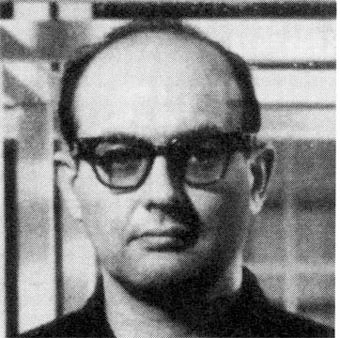
Sol LeWitt
Sol LeWitt was an influential artist and pioneering figure in Minimalism and Conceptual art.
Biography of Sol LeWitt
Born in Hartford, Connecticut, in 1928, Sol LeWitt’s artistic journey began with art classes at the Wadsworth Atheneum. He later pursued formal studies at Syracuse University, graduating with a Bachelor of Fine Arts in 1949. A pivotal European sojourn following graduation exposed LeWitt to the works of Old Masters, laying a foundation for his future artistic explorations.
His artistic aspirations were put on hold when he was drafted into the Korean War, where he unexpectedly found himself creating posters. Upon his discharge in 1953, he immersed himself in the thriving New York art scene, establishing a studio in the heart of the Lower East Side.
LeWitt's career took a practical turn in 1955 when he joined the renowned architect I.M. Pei's firm as a graphic designer. A few years later, in 1960, he took on a night shift as a receptionist and clerk at the Museum of Modern Art, providing a steady income while immersing himself in the heart of the New York art world.
In the early 1960s, LeWitt introduced a groundbreaking body of work he termed "structures." These three-dimensional pieces were characterized by open, modular forms. Deeply rooted in conceptual art, their aesthetic was significantly influenced by the cube, a shape that had captivated LeWitt since the beginning of his artistic journey.
He was fortunate to collaborate with a group of artists who would become influential figures in their own right. Among his contemporaries were Robert Ryman, Dan Flavin, Gene Beery, and Robert Mangold.
In 1980, seeking a change of pace, LeWitt left New York City for Spoleto, Italy. After several years abroad, he returned to the United States in the late 1980s, settling in the tranquil town of Chester, Connecticut. Tragically, he passed away from cancer in New York City in 2007 at the age of 78.
His groundbreaking work has earned international acclaim. His art is showcased in prestigious institutions worldwide, including the Tate Modern in London, the National Museum of Serbia, the Centre Georges Pompidou in Paris, and the Australian National Gallery.
Sol LeWitt's Famous Paintings
Some of the artist's most iconic works are his "Wall Drawings," where he explored countless variations of applying lines directly onto walls. These works were often created directly on the galleries' walls or other public spaces using graphite, ink, or colored pencils.
Other notable pieces include "Asymmetrical Pyramids" (1985), "Irregular Bands with Colors Superimposed" (1994), "Cube" (1996), "Irregular Grid" (1999), "Color Bands, Plate #03" (2000), "Isometric Figures (Plate I)" (2002), "Untitled (Purple" (2004), and many more.
Sol LeWitt's Art Style
LeWitt’s artistic explorations spanned a wide range of subjects, reflecting his versatility and curiosity as an artist. He ventured into diverse areas, including the depiction of the human figure, still life compositions, interiors, and sketched copies of Old Master paintings.
His artistic journey was profoundly influenced by the works of Jasper Johns and Eadweard Muybridge. Drawing inspiration from their techniques, LeWitt began to explore new directions in his own practice, incorporating relief elements and sequences of moving figures into his paintings.
LeWitt’s art focused on the concept or idea behind the work rather than the finished object itself. He believed that art should be accessible to all and that the concept was more crucial than its execution. His work often featured simple geometric forms like squares, circles, and lines, and was known for its precision and clarity.
Years:
Born in 1928
Country:
United States of America, Hartford, Connecticut
Gallery: